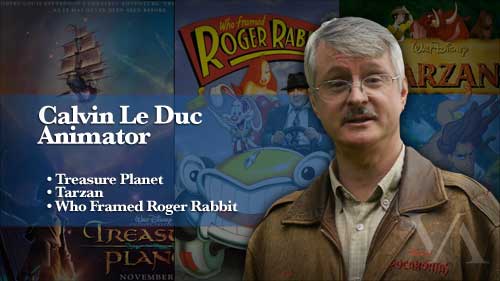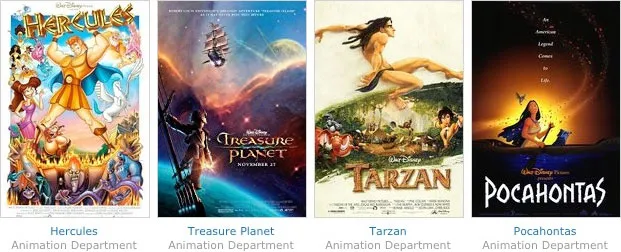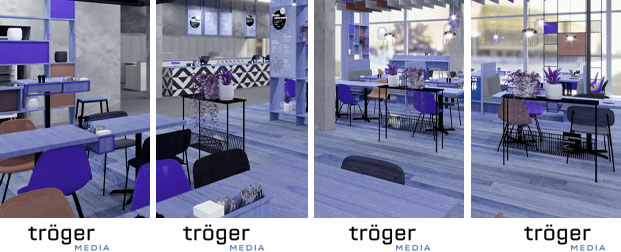Meet Your Teachers
Introduction to Digital Arts


Calvin Leduc | Head of Faculty
Teaching Courses: 3D Computer Animation, Animated Short Films, Introduction to Digital Arts
Delivery: Live Online, VANAS+
Studio(s): Walt Disney Animation, Sony
Credits: Roger Rabbit, Emperor's New Groove


Hermann Troeger | Sr. Product Artist
Teaching Courses: Introduction to Digital Arts, Animated Short Films, Virtual Reality
Delivery: Live Online, VANAS+
Studio(s): Troeger Media
Credits: Vynt, Hamfelder, Beconic
Book an Information Session
Check your admissions eligibility
